June 1, 2025 | 04:08 GMT +7
June 1, 2025 | 04:08 GMT +7
Hotline: 0913.378.918
June 1, 2025 | 04:08 GMT +7
Hotline: 0913.378.918
According to people's production practices, particularly in rural and mountainous locations, the majority of livestock and poultry manure sources are not processed and are instead released directly into the environment or sprayed directly to crops, resulting in environmental degradation. While the concerns of dealing with environmental pollution produced by animal manure and educating people about how they may help prevent environmental pollution have received little attention.
To turn animal farming waste into biological organic fertilizer, to assist farmers in lowering the cost of plant fertilization, and to maintain food safety, the Environmental Biology Department of the Institute for Agricultural Environment researched BIOADB preparation.
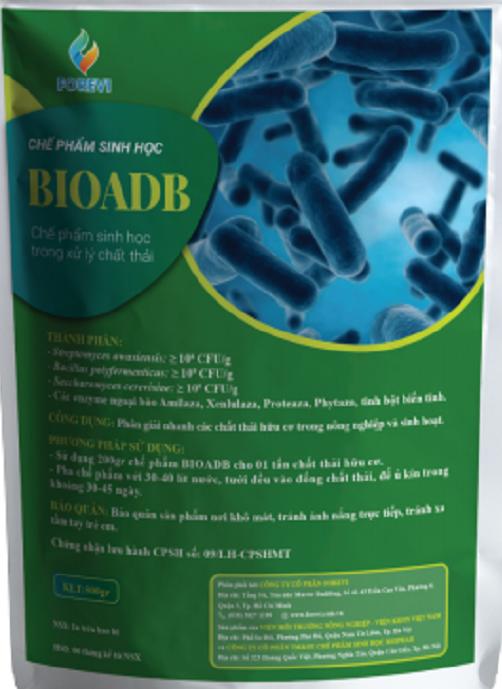
BIOADB, a microbial product researched and produced by the Institute of Agricultural Environment, helps farmers effectively process livestock waste and agricultural by-products into high-quality, low-cost microbial organic fertilizers. Photo: BT.
To create one ton of material, the researcher combined 0.2 kilograms of BIOADB microbial products with 1 kg Superphosphate, 5 kg lime powder, 1 kg molasses, and 10-15l of clean water. This material may be composted directly in the barn, field, or anywhere in the field.
The process of converting agricultural by-products and husbandry waste into organic fertilizer consists of four steps:
The first step is material handling: The materials are compressed and neutralized with lime or lime water; the materials are chopped into tiny pieces, 3-5 cm in size, using a cutting machine.
The second step is to develop a microbiological solution: Combine the aforementioned components in the order listed in a container, stir well, and then add the microbial products.
The third step is to combine raw materials and microbial solutions: manure and agricultural by-products are placed into a layer 10-15 cm thick, followed by lime and superphosphate. Then, using a watering can uniformly distribute the microbial solution over the material's surface. Finally, irrigate the microbe solution uniformly, then cover with a layer of substrate and sprinkle lime, superphosphate, and microorganism solution.
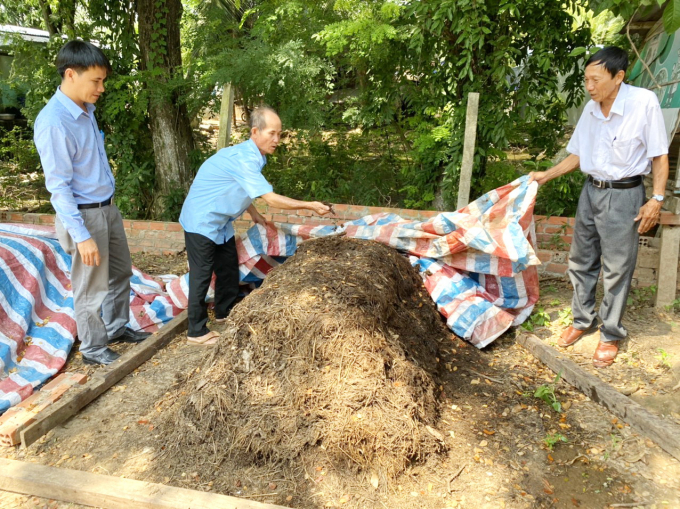
Using microbial products in general and BIOADB microbial products, in particular, can help farmers be self-sufficient in organic fertilizer sources for reproduction for cultivation. Photo: BT.
Composting the materials is the fourth step: The raw materials are crushed into 1 – 1.2 meters tall piles. After the pile is complete, use the leftover microbial solution to uniformly wet the surface of the compost pile and cover it with tarpaulin, nylon, or other covering materials. The time of incubation is around 15-20 days.
Based on a control with manure and 100 percent NPK in Bac Son commune, Tam Hop commune, Quy Hop district, Nghe An province, raw materials were treated with microbial products in combination with by-products such as rice straw, corn stalks, and leaves, and readily available beans and 75 percent NP; 100 percent K produces satisfactory results.
The study group collected a sample after 20 days of treatment households that adopt the livestock waste treatment approach to examine many digestive and physical indicators. As a consequence, each home generates around 1.6 tons of fertilizer after 20 days of treatment, while also meeting bio-organic fertilizer regulations.
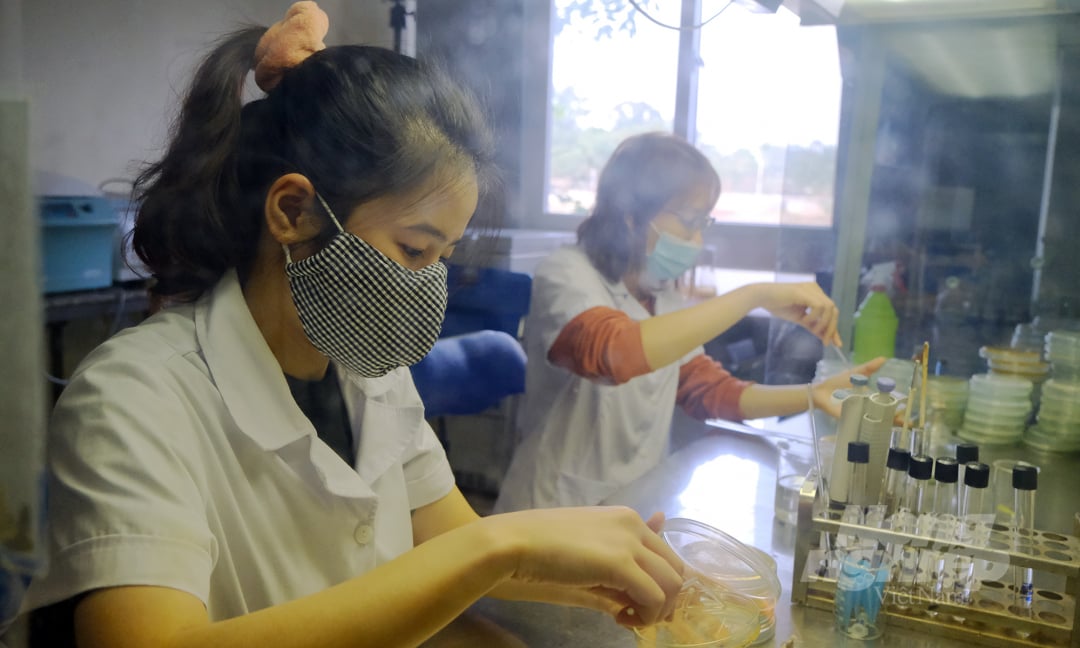
Research on microbial strains for the production of microbial products at the Institute of Agricultural Environment. Photo: Bao Thang.
To determine the product's impact on plants after treatment, the study team performed an experiment using cucumber plants from the imported Thai F1 hybrid cucumber type in Tam Hop commune. The participating area is 1 hectare.
The experiment was conducted in the following manner: 11 tons PC + NPK (170 kg urea, 120 kg superphosphate, 150 kg KCl); 11 tons bio-organic fertilizer + 75% NP (127.5 kg of urea, 90 kg of superphosphate, 150 kg of KCl).
In Central Vietnam (500 m2), the experimental treatment yielded 1.56 tons/acre, which was not significantly different from the control formula at the 95 percent confidence level. The findings of the research indicate that employing organic fertilizer made from animal waste may be used instead of manure, allowing for a 25% reduction in the quantity of mineral fertilizer needed while maintaining the production of cucumber plants.
Additionally, the product provides economic advantages to agricultural families who handle animal waste. It costs VND 697,500 to process one ton of animal manure to create organic fertilizer. When they process 1 ton of animal waste for VND 1,500 per kg, they make a profit of VND 802,500. Profitability is more than VND 100,000.
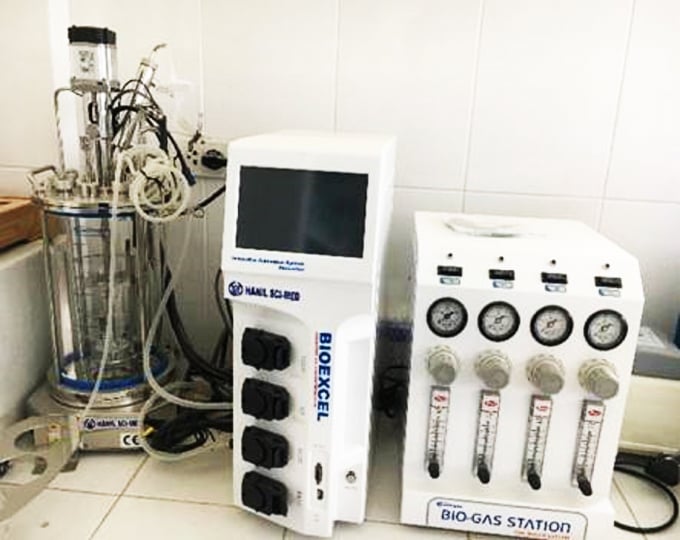
Equipment for research and production of microbial products of the Institute of Agricultural Environment. Photo: BT.
Dr. Luong Huu Thanh, Head of the Environmental Biology Department, said that organic fertilizers generated by market-based enterprises today face several intermediate expenses, most of which are commercial. up to 60%- 70%. Organic fertilizers cost more than ten million VND per hectare for every crop to offer nutrients for plant growth and great harvests. This figure is excessive in comparison to the usage of chemical fertilizers, which climbed from 0.8-1 million tons/year (2017) to 2.6 million tons/year, according to the Plant Protection Department. Additionally, conventional organic fertilizers reached almost 16 million tons, a 2.6-fold increase.
According to the Plant Protection Department, the amount of industrial organic fertilizer use increased from 0.8-1 million tons/year (2017) to 2.6 million tons/year. In addition, traditional organic fertilizer also reached over 16 million tons, an increase of 2.6 times.
The Department of Plant Protection commits to support, develop and promulgate technical standards governing the quality of organic fertilizers. This is a critical document, a benchmark for evaluating and publishing reliable information on the quality of fertilizers in general, including organic fertilizers.
Translated by Linh Linh
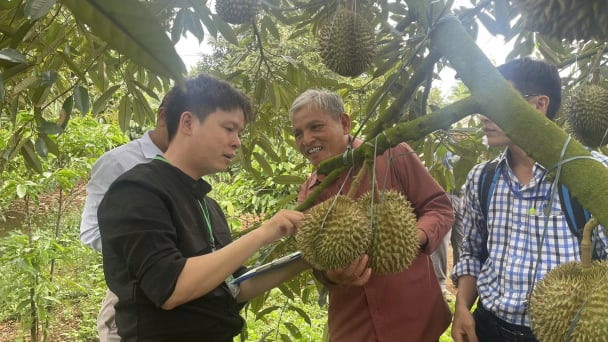
(VAN) For the durian industry to succeed, the value chain must fulfill its commitments to the government, the community, and international partners.
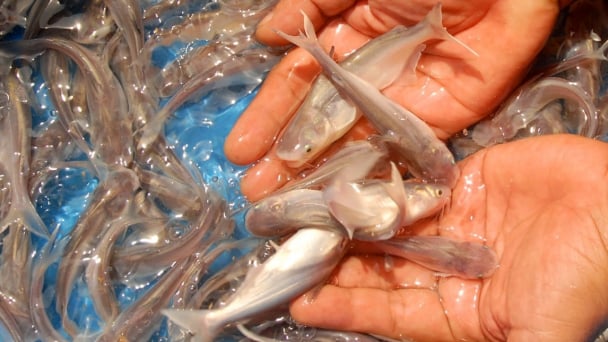
(VAN) Vaccinating juvenile pangasius helps reduce disease, antibiotic use, and farming costs, increasing profits for export-oriented farmers in An Giang.

(VAN) Due to a limited supply of workforce and competitive recruitment requirements, businesses struggle to retain talented veterinary human resources.
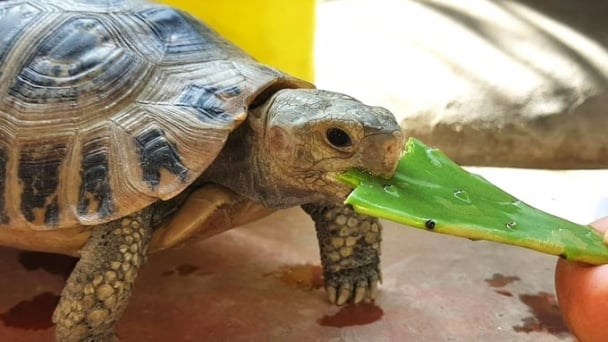
(VAN) WOAH’s guidance aims to mitigate disease risks through a One Health approach that balances economic, conservation, and public health interests.

(VAN) Ms. Nguyen Thi Dung, Deputy Director of Ngoc Hoang Cooperative, shared about the journey of bringing dragon fruit to Europe, achieving annual revenues in the billions of VND.

(VAN) Bamboo products from Thang Tho Bamboo Cooperative have reached many countries around the world, while also creating jobs for local workers.
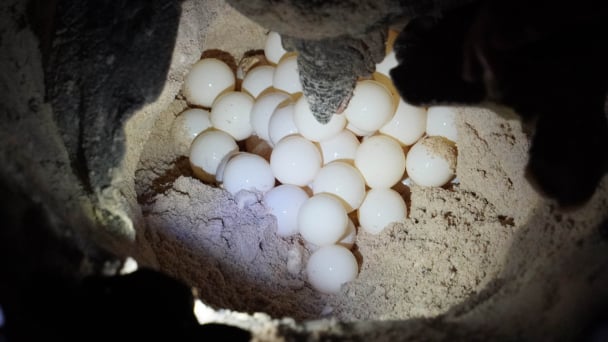
(VAN) The Management Board of Con Dao National Park reported that a green sea turtle, tagged in the Philippines, has traveled thousands of kilometers to lay 84 eggs on Bay Canh Islet.